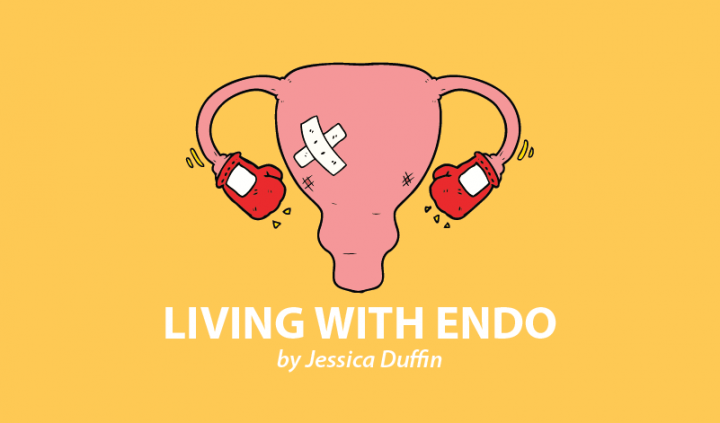I did it. I had my first pelvic floor physiotherapy session.
In short, I love my physio. She’s a complete women’s health geek, like me, and we probably spent too much time chatting about the topic before we got started, but I totally enjoyed it. It showed me that not only did she know what she was talking about, but she was passionate about it. She listened and respected how knowledgeable I was about my condition and what I felt was going on in my body.
The consultation began with a thorough review of my medical history and current problems. This part of the conversation was extensive; I’ve never had one medical professional listen to me so long or so attentively. I was given the opportunity to hypothesize and explain what I thought was going on, and we exchanged information to collaboratively paint a picture of the likely cause of my bladder symptoms.
Then came the examination. I thought I’d be a bit nervous. I expected the feeling I always get at the hospital: a slight sinking sensation mixed with a strange ambivalence about what I knew was coming — both the examination and the dismissive attitude at the end of it. But this was different. I felt entirely relaxed as I got changed. I was fully ready to do whatever it took to address this discomfort, and as a bonus, I felt safe with my physio.
She didn’t begin with the internal examination. First, she took a look at my scars and began running her hands across them in different directions, always explaining what she was doing and thinking.
I then lay with my knees up, legs slightly apart, with a paper sheet over my pelvis. Using gloves and lubricant, my physio very slowly and gently began examining my vaginal canal, eventually making her way to the top of my cervix. There, she rotated her finger, applying pressure in various places and identifying which areas held more tension. Finally, she began feeling the muscles around my sacrum, one of the bones I broke in my car accident.
Over the years, I’ve had a growing suspicion that I’ve got a tight pelvic floor and muscle dysfunction, but I was still shocked by what I heard and experienced.
First, I learned that all my scars have adhesions. The two in my belly button are not as bad, but are still there. I have one scar directly over my bladder, so the probability of an adhesion there is high, and could explain some of the pain and dysfunction I’ve been encountering. This took me entirely by surprise, probably because I’ve always considered myself a lucky case in many ways, having minimal endo (despite lots of symptoms). I thought the likelihood that I had adhesions was slim to none. I never really considered that they would be a contributing factor to my pain.
The internal examination also surprised me. I felt pain and resistance immediately, and my physio reported that she felt pushback from my muscles. My body also gave me away; I started trembling as soon as the internal began, and my lower back seized up in what I suppose was an attempt to protect me from the pain. By the time she got to my cervix, I was in a lot of discomfort and my left leg was shaking uncontrollably.
With every new move, she would ask if I wanted to stop, but I wanted her to be able to do the full examination. The level of discomfort was nothing unusual, though I was shocked to see such a physical reaction from my body. She reported that I did indeed have a high pelvic tone, meaning I have a tight pelvic floor, which would contribute to my pain and bladder dysfunction.
Finally, I also had tension and tightness around my old break, which would pull on my pelvic floor.
My physio gave me four simple home exercises to begin with. Moving forward, she plans to begin breaking down my adhesions and doing outer work before starting further internal therapy.
I thought I might feel overwhelmed by taking on physiotherapy, like I wouldn’t be able to keep up with the “homework,” but the entire process feels manageable. And now I know the full story, which is essential.
***
Note: Endometriosis News is strictly a news and information website about the disease. It does not provide medical advice, diagnosis, or treatment. This content is not intended to be a substitute for professional medical advice, diagnosis, or treatment. Always seek the advice of your physician or other qualified health provider with any questions you may have regarding a medical condition. Never disregard professional medical advice or delay in seeking it because of something you have read on this website. The opinions expressed in this column are not those of Endometriosis News or its parent company, BioNews Services, and are intended to spark discussion about issues pertaining to endometriosis.

